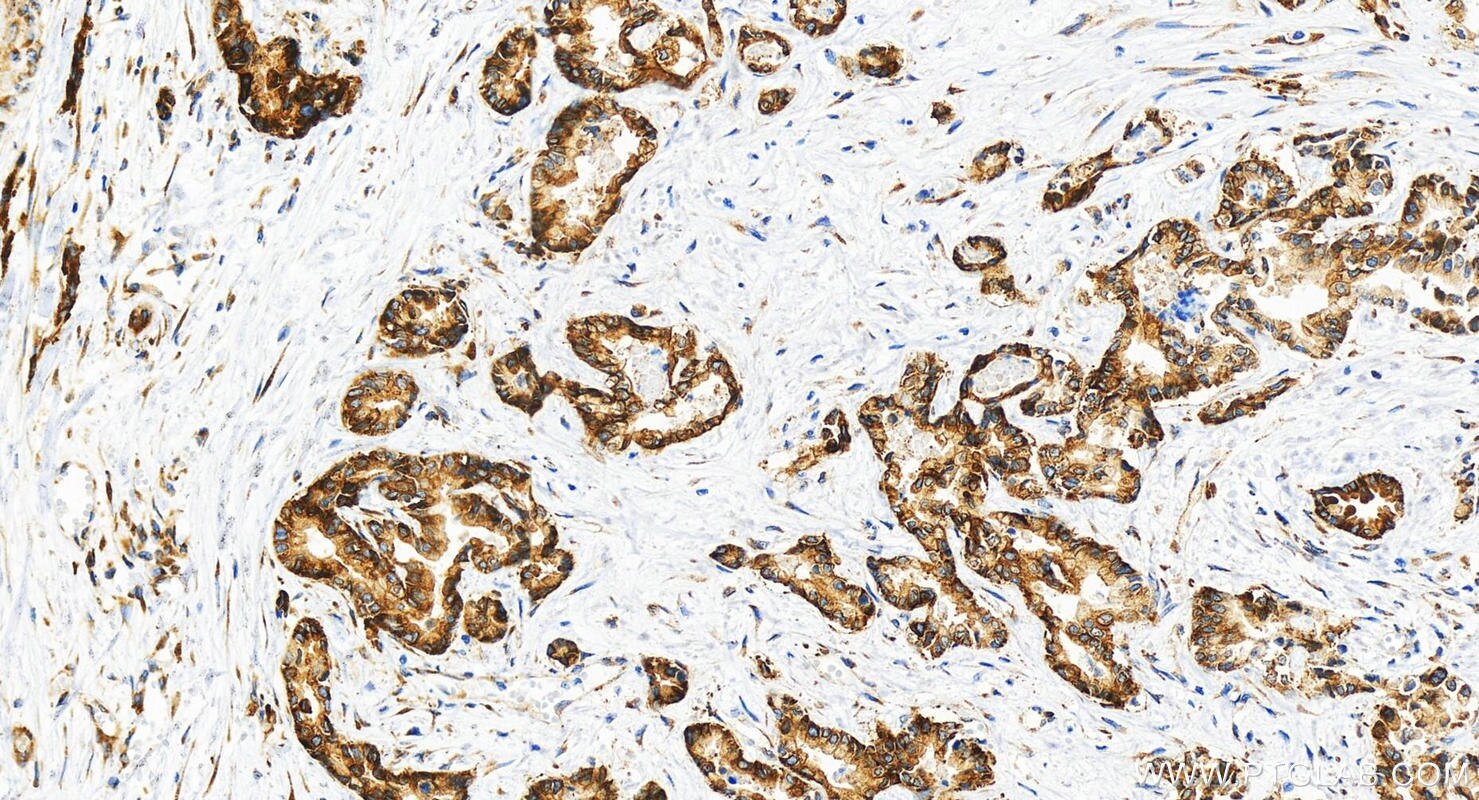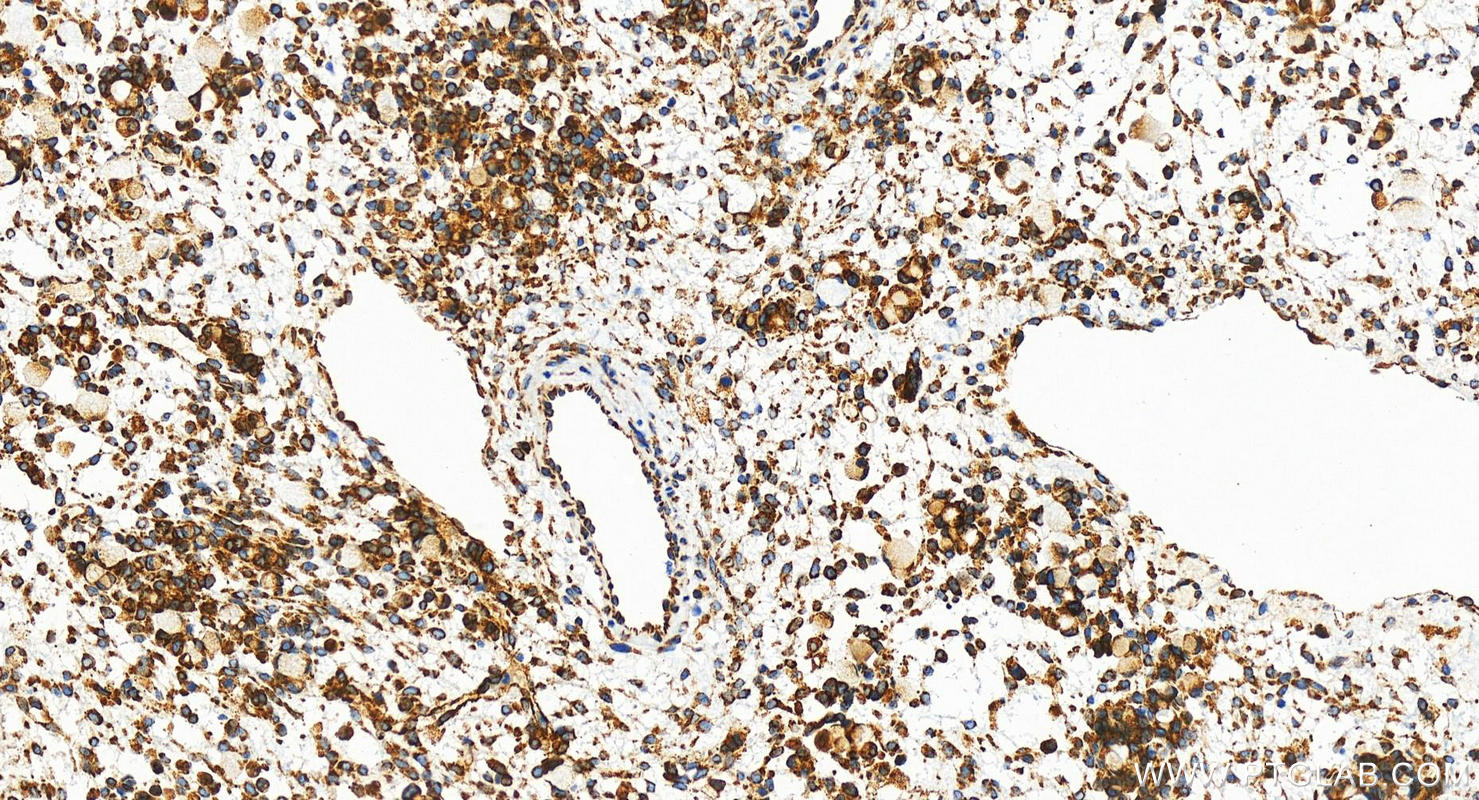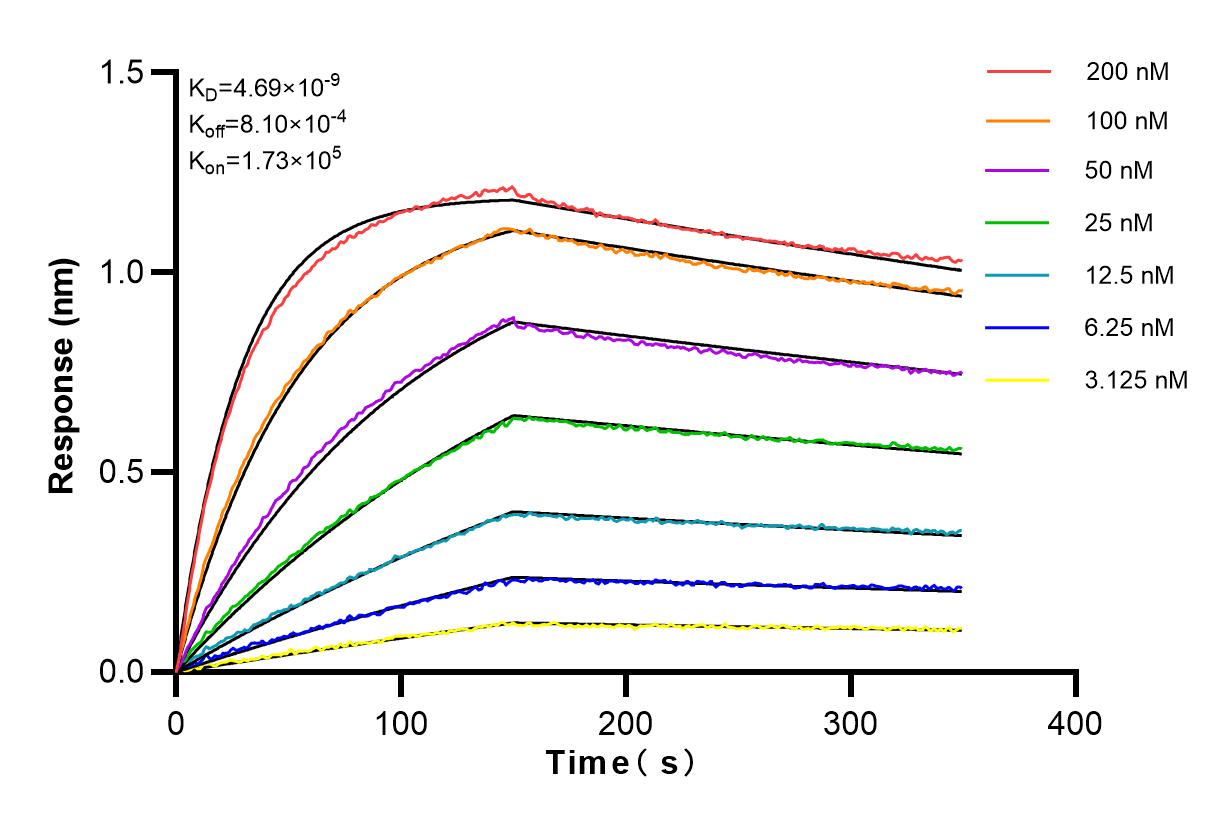Validation Data Gallery
Tested Applications
Recommended dilution
| Application | Dilution |
|---|---|
| It is recommended that this reagent should be titrated in each testing system to obtain optimal results. | |
Product Information
82080-6-PBS targets G3BP2 in WB, IHC, IF/ICC, FC (Intra), Indirect ELISA applications and shows reactivity with human, mouse samples.
| Tested Reactivity | human, mouse |
| Host / Isotype | Rabbit / IgG |
| Class | Recombinant |
| Type | Antibody |
| Immunogen | G3BP2 fusion protein Ag9355 相同性解析による交差性が予測される生物種 |
| Full Name | GTPase activating protein (SH3 domain) binding protein 2 |
| Calculated molecular weight | 482aa,54 kDa; 449aa,51 kDa |
| Observed molecular weight | 65-70 kDa |
| GenBank accession number | BC011731 |
| Gene Symbol | G3BP2 |
| Gene ID (NCBI) | 9908 |
| Conjugate | Unconjugated |
| Form | Liquid |
| Purification Method | Protein A purification |
| UNIPROT ID | Q9UN86 |
| Storage Buffer | PBS only , pH 7.3 |
| Storage Conditions | Store at -80°C. |
Background Information
Stress granules (SGs) are cytoplasmic mRNA-protein condensates formed in response to cellular stressors, such as oxidative stress, ultraviolet radiation, and viral infection (1). The Ras-GTPase-activating protein-binding proteins (G3BPs), consisting of G3BP1 and G3BP2, are key nucleating factors essential for SG formation. They function to protect RNAs from harmful conditions. G3BP2 is mainly distributed in the cytoplasm and participates in the formation of stress granules, cell differentiation, proliferation, and signal transduction. Accumulating evidence has demonstrated that aberrant expression of G3BP2 contributes to cancer initiation and progression, such as high expression of G3BP2 increasing cell stemness, metastasis and chemoresistance in breast cancer.







